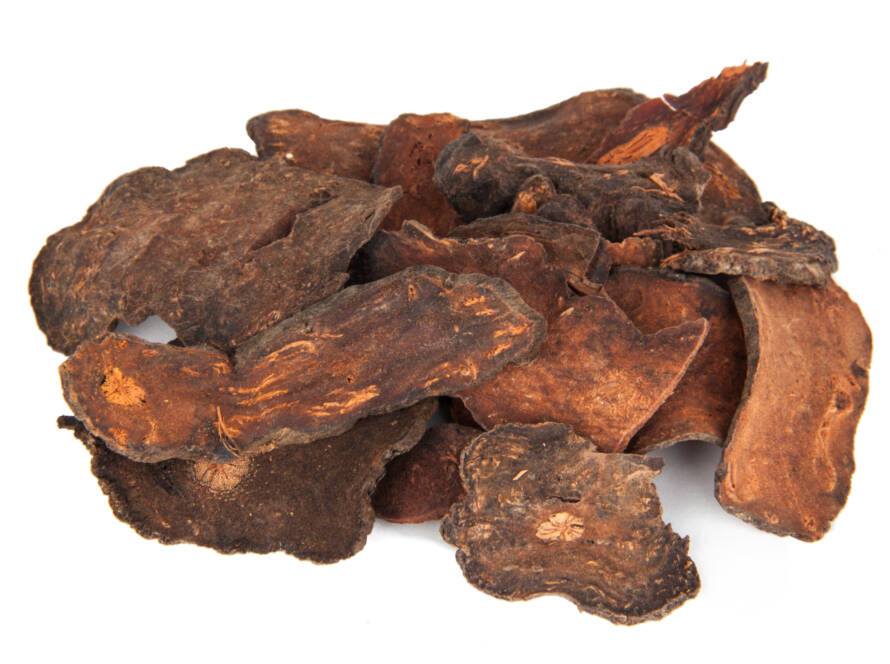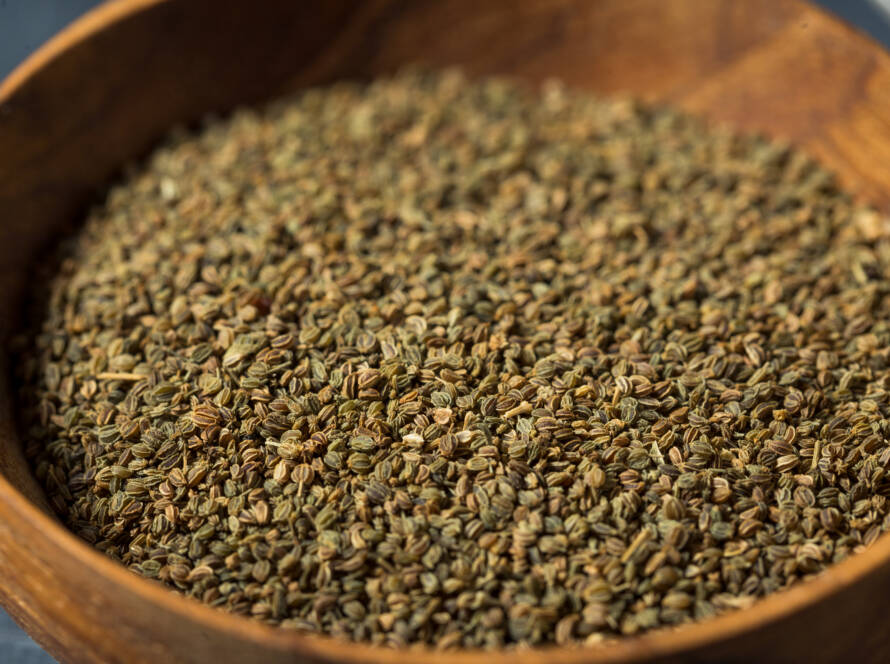Goldenseal
Here’s a comprehensive overview of goldenseal, including its uses, potential side effects, and scientific insights:
Introduction
Goldenseal, scientifically known as Hydrastis canadensis, is a plant native to parts of the United States. It has become endangered due to overharvesting, leading to its commercial cultivation, particularly in the Blue Ridge Mountains. Goldenseal is valued for its potential therapeutic properties.
Common Names
- Goldenseal
- Yellow root
Uses
Goldenseal has a history of use for various health conditions, including:
- Historically used by Native Americans for skin diseases, ulcers, and gonorrhea.
- Currently used for:
- Colds and respiratory tract infections
- Infectious diarrhea
- Eye infections
- Vaginitis (inflammation or infection of the vagina)
- Occasionally, for cancer treatment
- Applied topically to wounds and canker sores, and used as a mouthwash for sore gums, mouth, and throat.
How It Is Used
Goldenseal is typically prepared from its underground stems or roots, which are dried and used to make:
- Teas
- Liquid extracts
- Solid extracts (tablets and capsules)
- Often combined with echinacea in cold preparations.
What the Science Says
- There is limited scientific evidence supporting the effectiveness of goldenseal for health problems.
- Some studies on berberine, a compound found in goldenseal, suggest it may be beneficial for certain infections, such as those causing diarrhea and some eye infections. However, goldenseal contains only a small amount of berberine, making it difficult to generalize these findings.
- Research funded by NCCAM is ongoing to explore the mechanisms of berberine, including its potential effects on tumors.
Side Effects and Cautions
- Goldenseal is generally considered safe for short-term use at recommended dosages, with rare side effects including nausea and vomiting.
- There is limited information on the safety of high dosages or long-term use.
- While no significant drug interactions have been reported, goldenseal may alter how the body processes certain medications, potentially increasing their levels.
- Pregnant or breastfeeding women should avoid goldenseal due to the risk of uterine contractions and potential liver problems in nursing infants.
- Goldenseal should not be given to infants and young children.
- It is essential to inform healthcare providers about complementary and alternative practices to ensure coordinated and safe care.
Additional Resources
For more information, refer to resources such as the National Institutes of Health’s NCCAM page on Goldenseal.
This summary provides essential information about goldenseal, its uses, and considerations for safe consumption.


